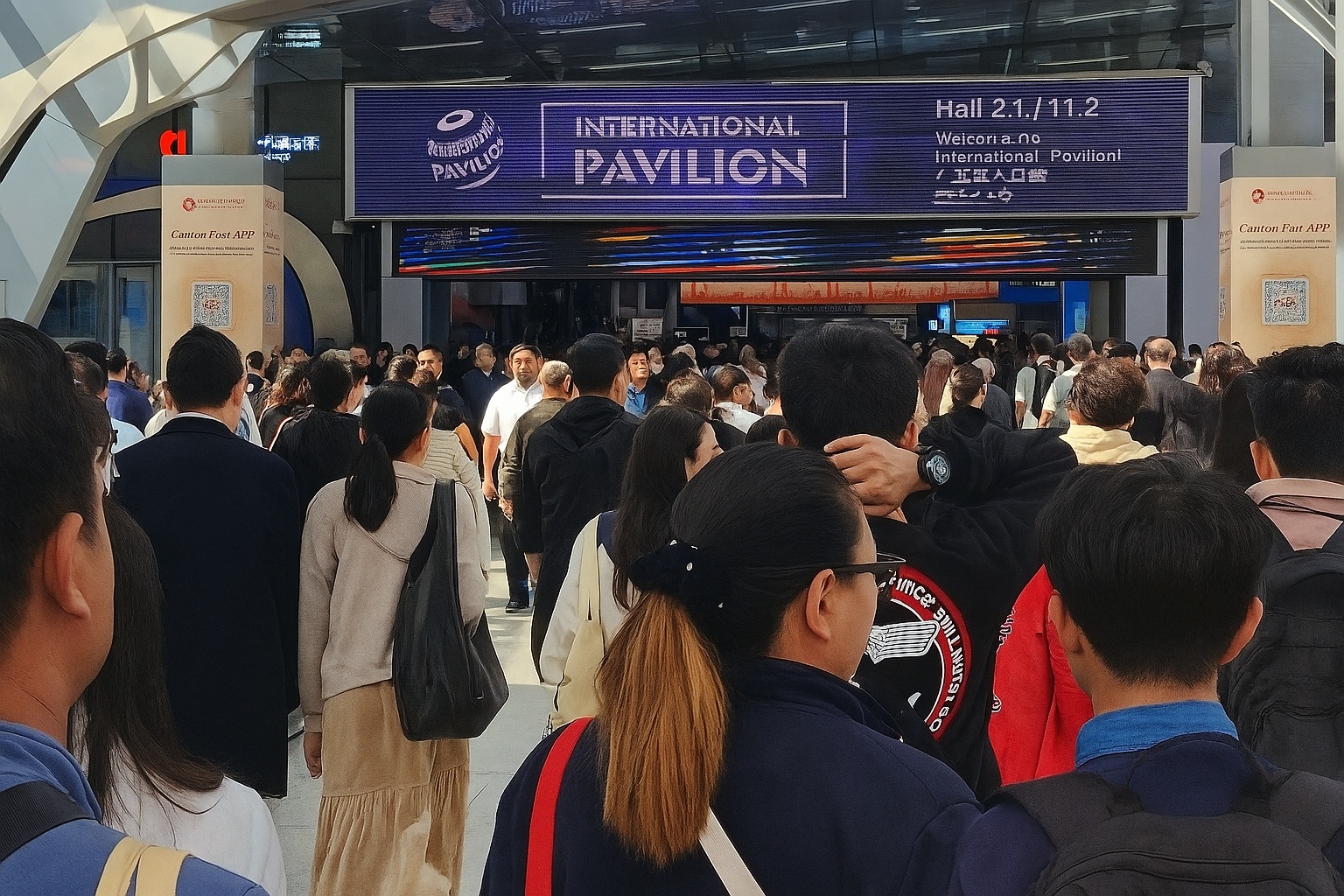The Canton Fair Design Awards offer a glimpse into China's distinct design culture that will impact the global stage.
For architects and design professionals attuned to the convergence of technology, material innovation and lifestyle culture, the Canton Fair Design Awards have quietly become one of Asia's most insightful barometers of global design direction. While the show itself – the world's largest trade exhibition – has long been known as a stage for mass manufacturing, its design awards now point to a more sophisticated development: Chinese manufacturing in line with world-class design sensibilities and real sustainability goals.
This year's gold winners show an impressive range: from delicate glass work to wireless robotics and smart home systems. Each illustrates how design and industrial performance merge to rethink the tactile and the technical in equal measure. The 2025 awards list reveals three defining narratives that are shaping the next wave of product design: Aesthetics rethought, Intelligent lifeAnd Automation with purpose.
LEARN More about the Canton Fair here.
REGARD Our video tour of the Design Awards Gallery at the Canton Fair in October 2025 can be found here.
Aesthetics rethought: Objects that express emotions
Among the gold winners, two products stood out for their poetic use of form and material – this Fairy glass vases And Spring Blossom Bedding– each represents the emotional side of design that is increasingly shaping interiors, hospitality and wellness environments.
The Fairy glass vase Chengde Huicai Glassware Co., Ltd. The series produced transforms traditional glassblowing into a modern decorative art. Each vase is an example of advanced glassblowing techniques to capture the organic beauty of the gently flowing contours of “ghost stones”. To achieve that pure amber toneThe artisans experimented extensively with mineral ratios to ensure warmth, depth and color consistency. They used modern 3D modeling technology to precisely control the curves and thickness of the vase. By incorporating renewable raw materials and recycled glass fragments, the company implements a careful sorting and processing strategy before reintroducing the material into production. The ovens use advanced heat-insulating materials and high-efficiency combustion technology to minimize heat loss and reduce exhaust emissions.
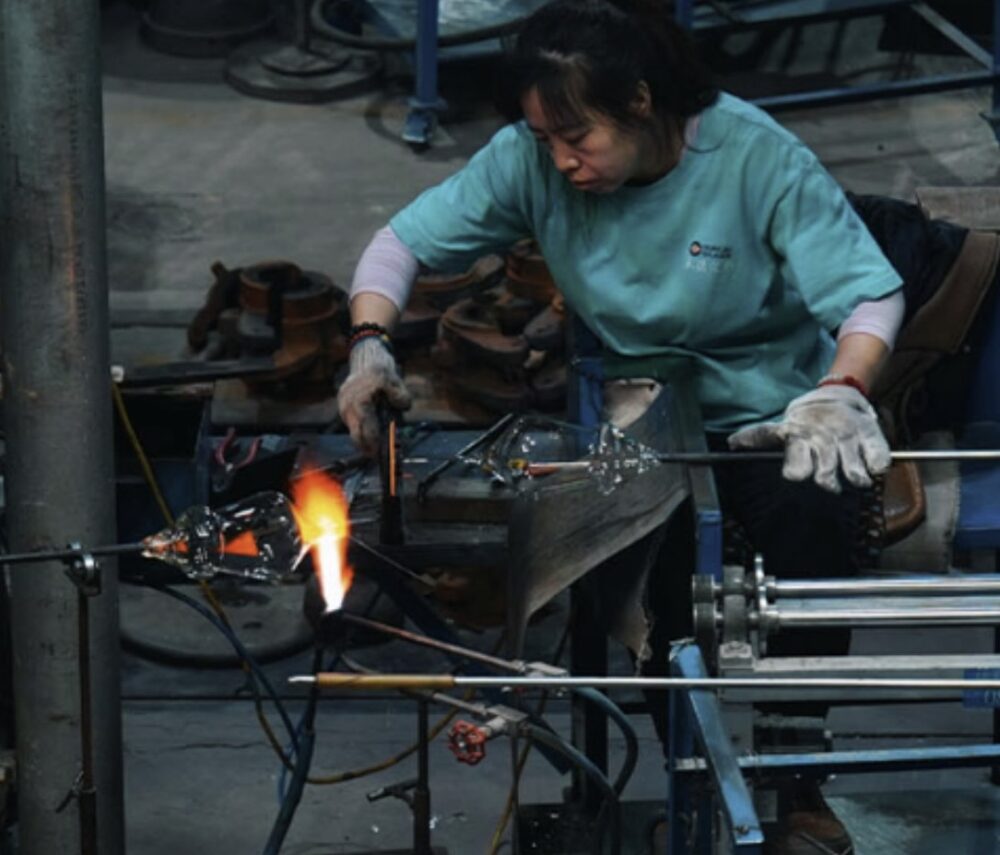
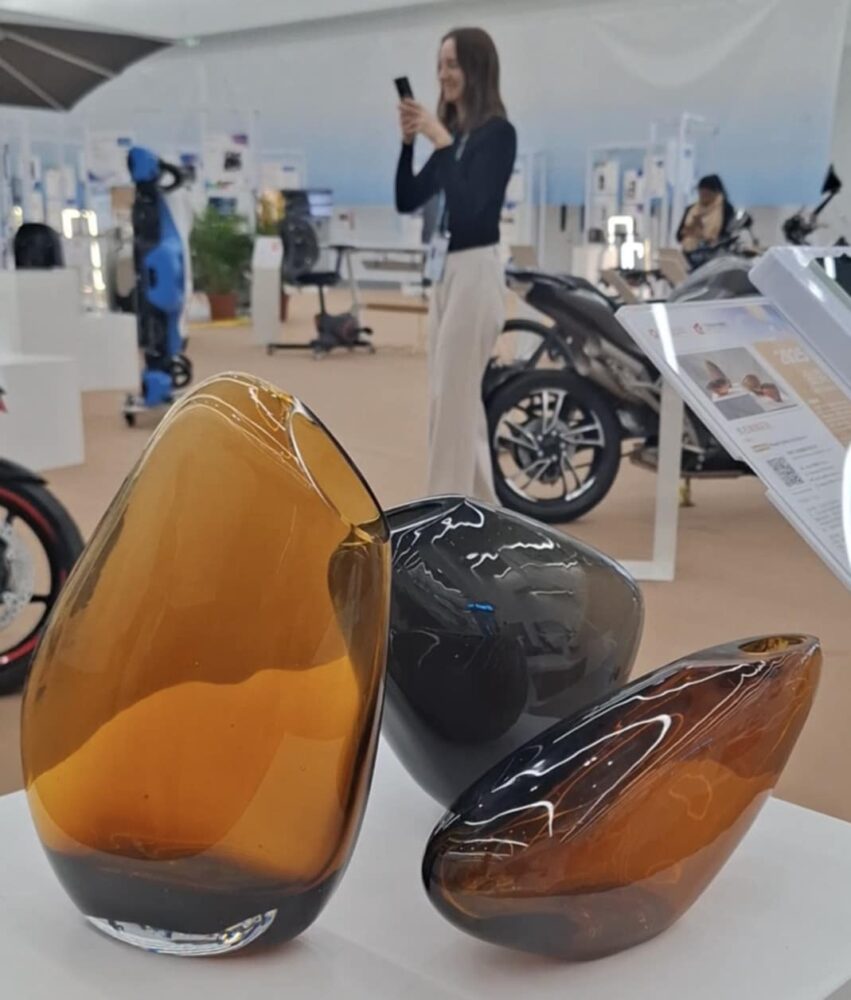
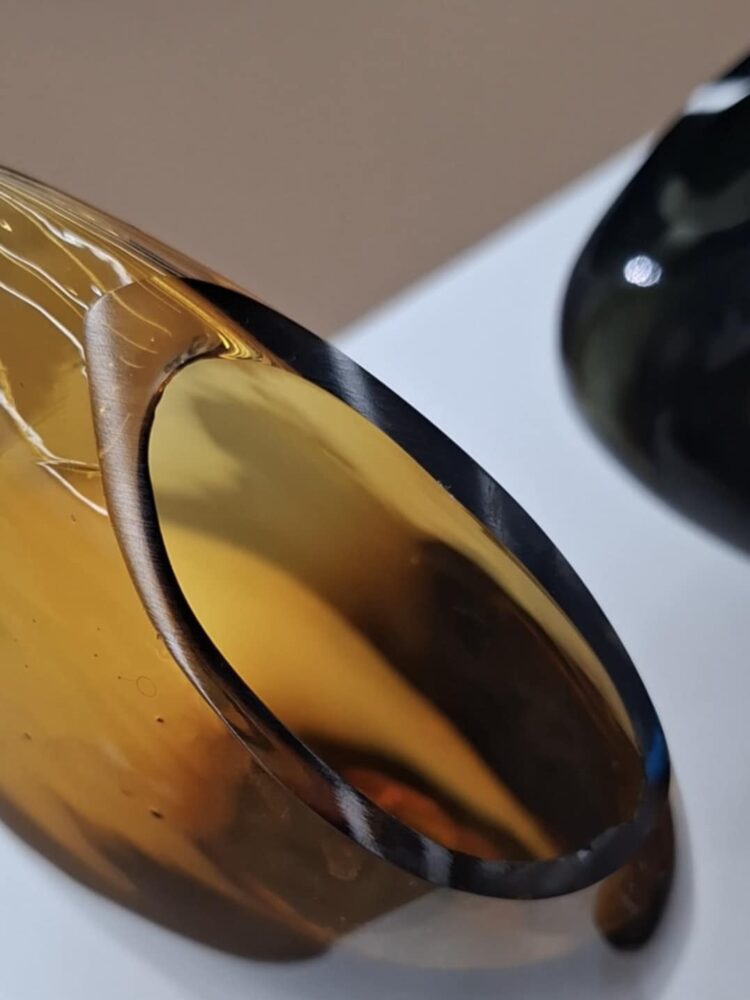
In contrast, this is Spring Blossom Bedding from Huafang Co Ltd combines pineapple fiber and lyocell fiber reused from agricultural waste. The combination creates a natural, non-toxic, biodegradable and sustainable textile solution. The pineapple fibers are obtained from the leaves and the lyocell fibers come from internationally certified forests. Overall, 99.6% of the organic solvents used in the production process are recyclable, which has earned the company its reputation green fiber. The fabric has a silky drape, is refreshing and skin-friendly, highly breathable, antibacterial and mildew resistant.
Together, these winners confirm that the emotional intelligence of design – its ability to evoke calm, nature and tactility – is returning to the heart of object design, a lesson equally applicable to interiors and architectural surfaces.

Smart Living: The Seamless Integration of Technology
Where emotions bring meaning, intelligence brings control – and that H Series Smart Light Switches And Portable expressive coffee machine show how Chinese design moves beyond functionality to sensory-intelligent experiences.
Developed by Hangzhou Hongshi Electrical Co. Ltd Smart H series offers an unusually sophisticated interface for home automation. It has built-in radar detection that automatically turns off the lights when no one is present and turns them on when someone approaches. The series can be made from solid wood, marble or a combination of different materials to add an artistic touch to the home. The modular installation and matrix layout offer a unique experience with increased quality of life.
“Its overall design is minimalistic yet integrates multiple functions, allowing users to set different ambience modes. The visually appealing design and diverse material options offer interior designers more flexibility for spatial applications,” commented the jury.

The CERA+ Portable espresso coffee maker from Zhuhai Luckyman Technology Co. Ltd. contains a smart app. Equipped with a 58mm metal filter basket while maintaining a lightweight, compact design, it enables one-touch extraction. The exterior is inspired by the classic aesthetics of Roman columnswith vertical grooves that create a three-dimensional look and at the same time offer slip-resistant properties. It supports fast charging and long-lasting performance thanks to a self-developed heating system and a 13,500mAh high-capacity battery. After heating, the LED indicator and audible buzzer provide clear feedback about the device status while the App connectivity increases both comfort and Intelligent user experience. The machine delivers a pressure of up to 20 bar and the filter basket holds 20 g of coffee grounds.
Both products illustrate a broader development: “Smart” is no longer synonymous with digital display, but with responsive, human-centered interaction. For architects and interior designers, such systems redefine what it means to specify technology that enhances a space rather than dominates it.
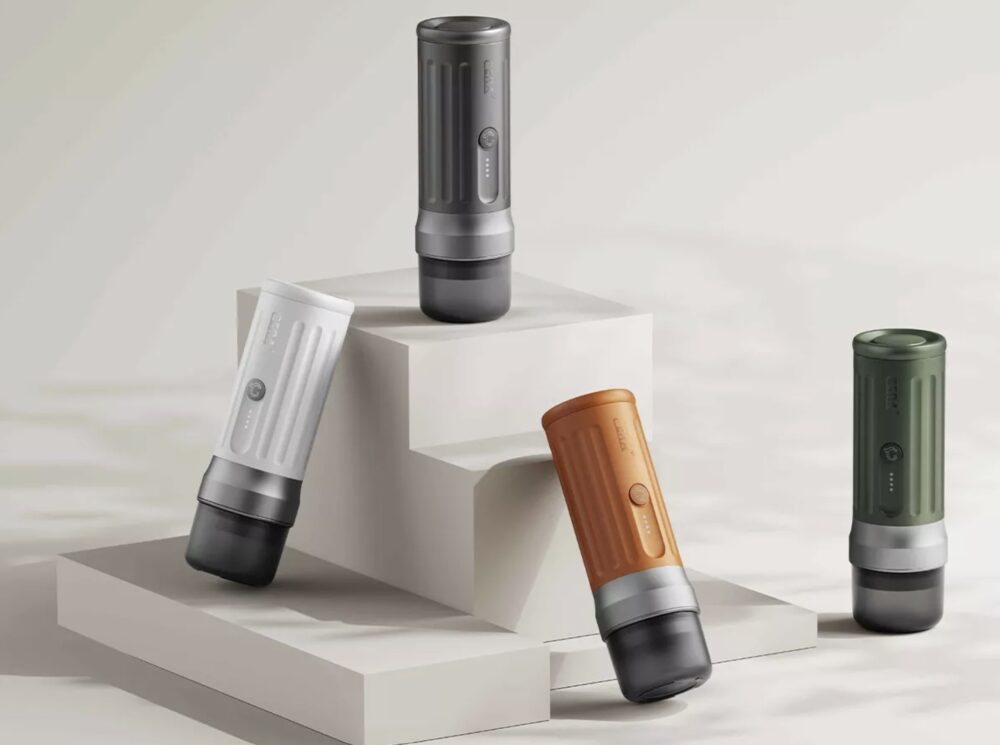
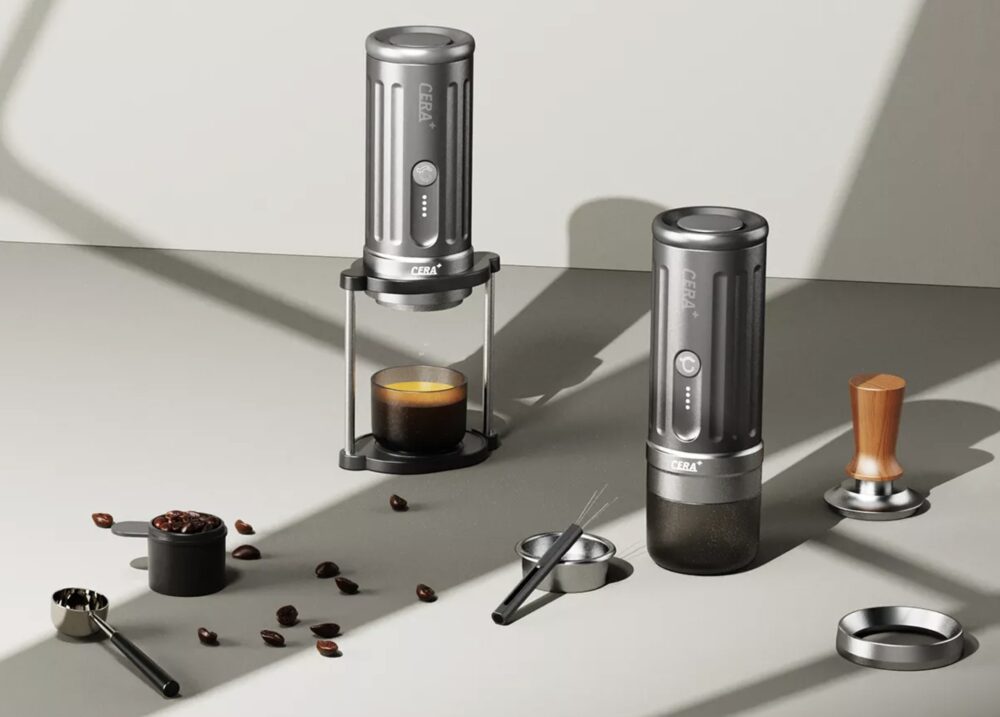
Automation with purpose: design meets sustainable technology
At the heart of this year's CF Award narrative is a commitment to automation – not as a spectacle, but as a pragmatic, sustainable design strategy. Three outstanding gold winners – the Coffee robot And Creeks Food Waste Disposal Machine– illustrate how robotics is becoming a design discipline in its own right.
The Coffee robot kioskDeveloped by Hi-Dolphin Robot Technology Co. Ltd., brings cafe-level precision to unattended service environments. Its dual arm configuration allows you to grind, mash, extract and froth milk, all in a one square meter footprint. The shape of the robot – a transparent acrylic housing with warm interior lighting – transforms a functional machine into a performative centerpiece. COFE+ is a compact, high-throughput café system. The 6th generation units promise a full service cycle in around 50 seconds, 24/7 operation and the ability to dispense around 300 cups in a small footprint (approximately 2.3-2.5 m², depending on configuration). Service transparency, modularity and remote management make it particularly suitable for architects and planners specifying amenities in districts where staff cannot be reliably maintained.
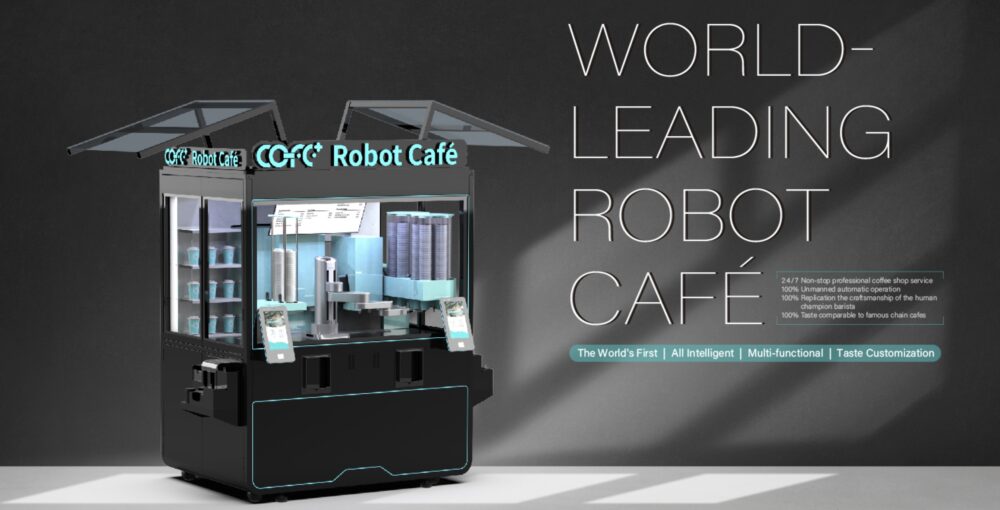
Sustainability is the priority Creeks Food Waste Disposal Machinea compact device for the restaurant and living area. The system uses a two-stage aerobic decomposition process that can reduce the volume of organic waste by up to 90 percent within 24 hours. Its housing is made of recyclable polypropylene and houses a sensor-controlled airflow system that maintains optimal microbial conditions while minimizing odors. Importantly, the control module is IoT-enabled, allowing facility managers to track performance and maintenance remotely. In design terms, this is sustainability expressed not as ideology but as seamless, operational practicality.
Taken together, these machines prove that automation can be design-driven – embedding intelligence and efficiency in visually resolved, user-friendly forms.
A global platform for design-led manufacturing
What sets this year's Canton Fair Gold winners apart in all categories is their balance of beauty, usability and manufacturability. The CF Award jury, made up of international designers and brand consultants, specifically recognizes “commercialized design innovation” – a term that expresses a unique positioning: where concept meets mass acceptance.
For design professionals, the CF Awards are the most important thing. They show how Chinese design culture is evolving beyond imitation to innovation leadership – a shift evident in the tactile sensitivity of the Fairy Vase, the technical precision of the Coffee Robot and the system intelligence of the Smart H Series switch.
As global demand shifts toward sustainable and connected living, these award-winning products offer more than just inspiration: they outline a pragmatic roadmap for integrating art and technology into everyday life. The Canton Fair's design program, once peripheral, is now a reflection of international design's most pressing challenge – how to make innovation both beautiful and universally accessible.
For architects, planners and product designers alike, this year's winners serve as a timely reminder: the next wave of design influence may not be coming out of from the West to China – but increasingly From China to the world.
